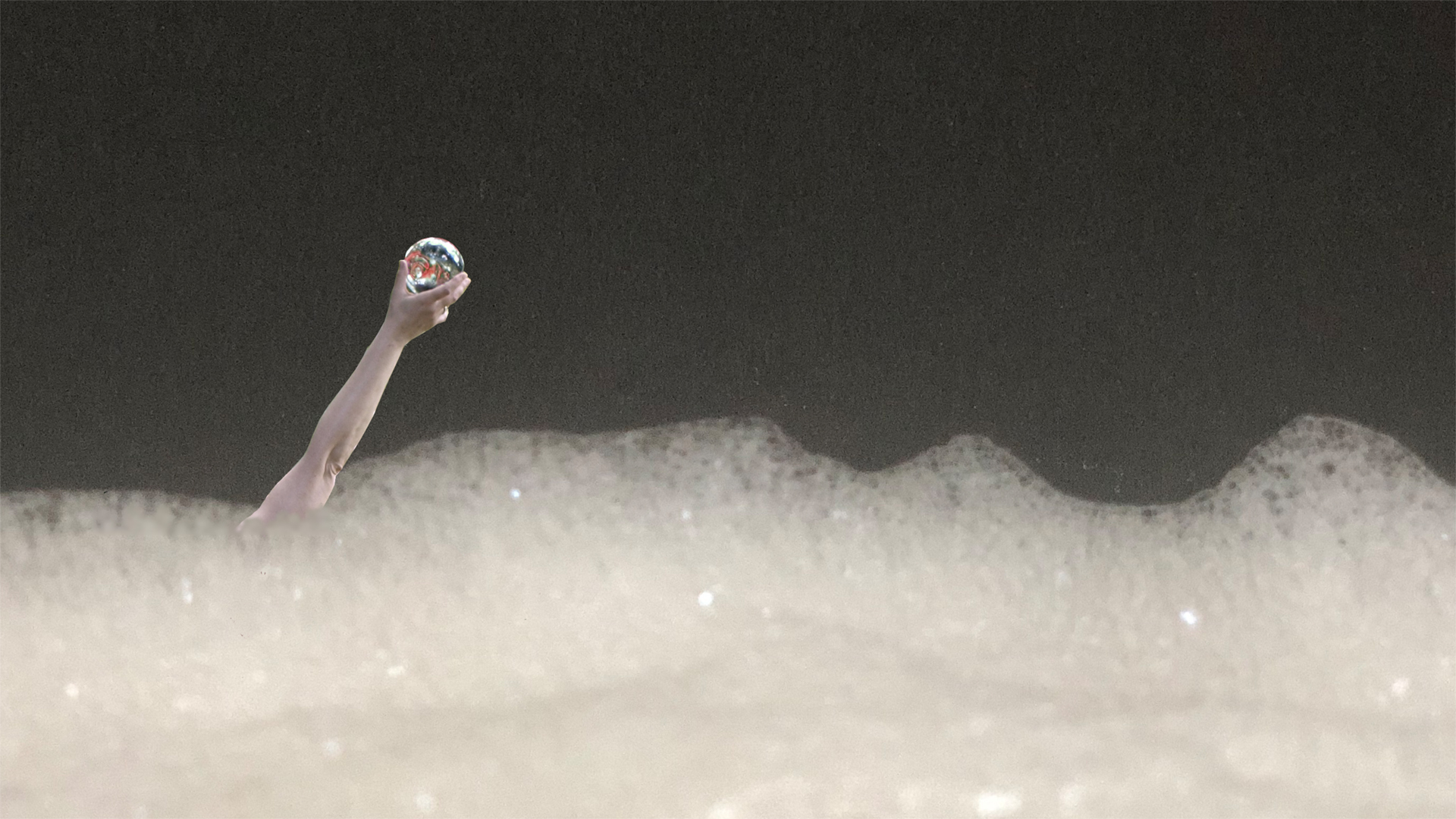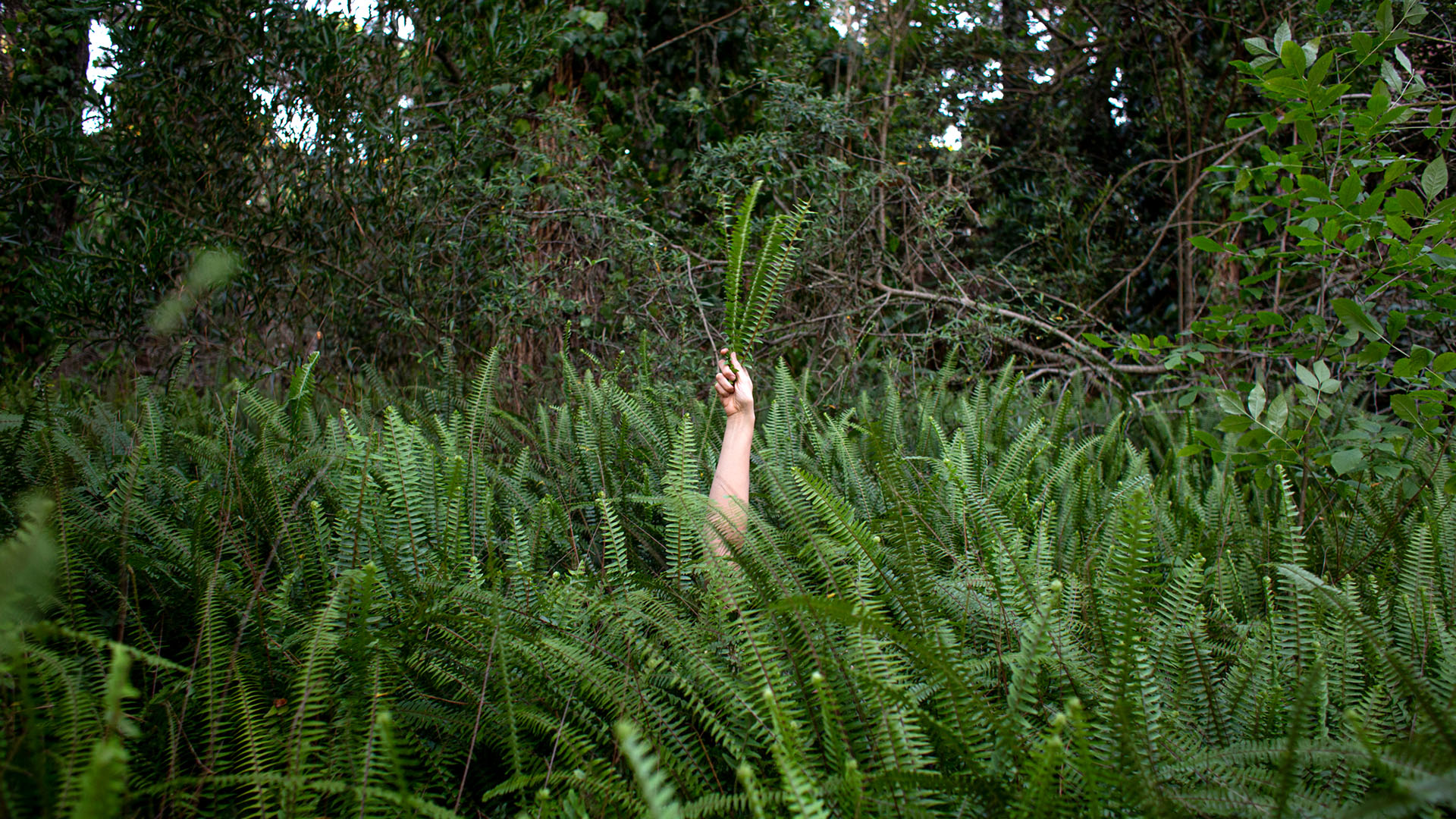
Ahead: The German word “Eigensinn” is untranslatable. Beeing more than ambigous only its negative connotations are found in translations, the positive ones are either not understood or are omitted. Like many German words, this word is composed of two words: “Eigen” and “Sinn”. The subtle nuances don’t come through in English (or any other language).
Eigensinn is usually described in dictionaries as a negative quality. Its synonyms include: impudence, insolence, impatience, caprice, arbitrariness, vanity, arrogance, defiance, stubbornness, querulousness; obstinacy, selfishness.
The Grammatisch-Kritisches Wörterbuch der Hochdeutschen Mundart describes Eigensinn as “a disorderly inclination to follow one’s opinion even when it is recognised to be incorrect”. And according to the German Dictionary by Jacob Grimm and Wilhelm Grimm, Eigensinn is found in people who do not want to abandon themselves to God.
So it is not surprising that the fairy tale of the eigensinniges child, the shortest fairy tale in the Grimm brothers’ collection, does not have a happy ending.
Once upon a time a child was eigensinnig and did not do what its mother wanted. That is why the Dear Lord was not pleased with it and made it sick and no doctor could help it, and in a short time it lay on its deathbed. When it was lowered into the grave and the earth was covered over it, its little arm suddenly came out again and reached up, and when they put it in and put fresh earth over it, it did not help, and the little arm always came out again. Then the mother had to go to the grave herself and beat the little arm with the rod, and when she had done that, it pulled itself in, and the child was now at rest under the earth. (Projekt Gutenberg)
The eigensinnige child is punished and chastised in this fairy tale even beyond its death. God and his representative in the absence of the father, the mother, find no pleasure in a child who so eigensinnig asserts his own sense against hers. By insisting that its senses belong to him alone, the child (in my imagination always a girl around five years old) expresses a will of its own to explore the world with these very senses. In doing so, it lays claim to self-determination and resists external demands and influences. Such behaviour cannot please the mother, as the child withdraws from her permanent control, becomes independent and conquers its own world.
Today, the punishment for one’s own sense is no longer real death by the omnipotence of God – today, the punishment is social death by society, into which the Eigensinnigen do not want to integrate. Hegel’s statement in the “Phenomenology of Spirit” that one’s own sense is Eigensinn, a freedom that still remains within bondage (Knechtschaft), formulates a hope, no more. But no less either. A hope that gestures like that of the eigensinniges child will appear in many places and assert themselves against a too-rapid understanding, a hasty classification, against the power of those who believe they have always known and make a new religion out of this knowledge.
Robert Krokowski shows an arm stretching out of the all-suffocating foam a defoamer in the open hand. Counteracting the foam morphing of the free spirit and thus its taming, control and ultimately its suppression is, as not only Robert Krokowski understands it, the task of art: to dream real possibilities and make dreams real.

Nicolás Freda writes about his photo “Una hermana muy hermosa la Libertad …” (engl.: A very beautiful sister – freedom …) and plays with a song line from “Los Hermanos” by Atahualpa Yupanqui and with the name Libertad. Freedom that reaches up out of the green, presenting itself.

A hand, that of the photographer Nicola Freda, emerges from the bed of rusty-red rails in the photo by Delfina Idea Iocco, the open palm facing the viewer. Is it a waving “Hello”? Is a body underneath to be saved from death here? A signal to stop?

Marlen Wagner’s photos of a personal gesture refuse their designation as a pointing gesture and thus questions not only this interpretation, but interpretation in general.

Marlen Wagner